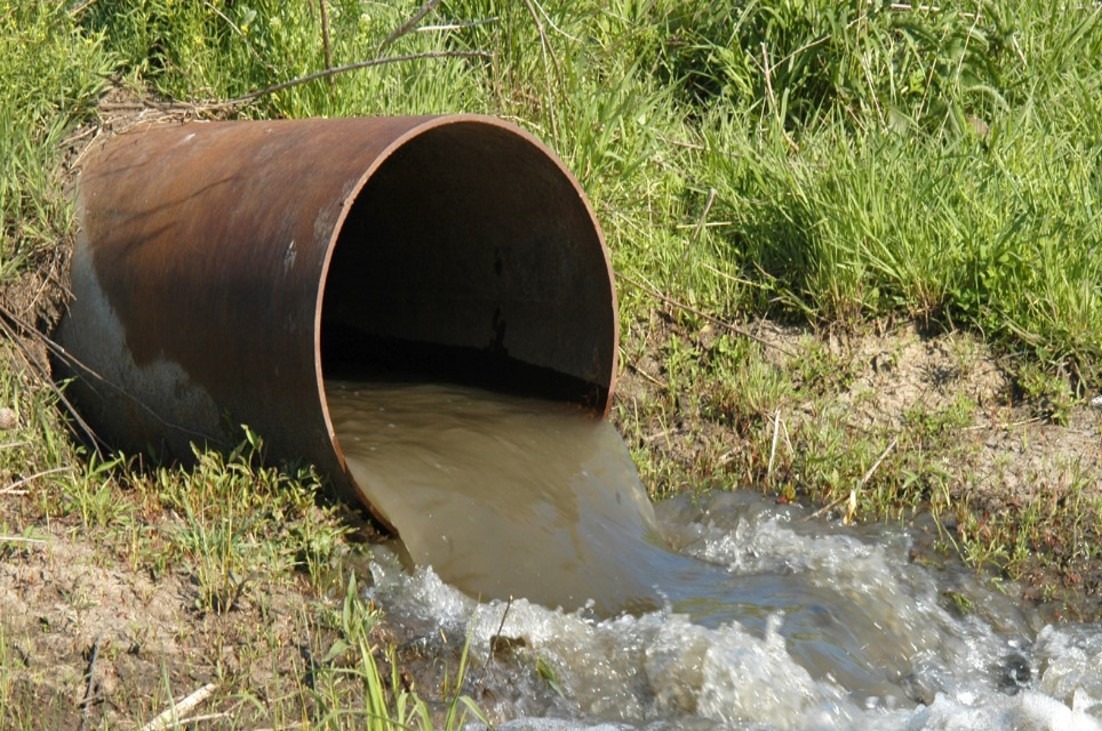BLOG
US | Supreme Court Issues Decision on Scope of Clean Water Act
- #Clean Water Act (CWA)
- #CWA
- #Environment
- #Environmental Protection Agency (EPA)
- #EPA
- #Regulations
- #Water

On April 23, 2020, the US Supreme Court issued a highly anticipated decision affecting the Clean Water Act (CWA). The…
On April 23, 2020, the US Supreme Court issued a highly anticipated decision affecting the Clean Water Act (CWA). The decision determined whether a permit is required for certain types of groundwater discharges under the CWA. The case, County of Maui v. Hawaii Wildlife Fund, was part of a string of cases filed over the past few years in which environmental organizations attempted to argue that the CWA should regulate certain discharges into groundwater.
In its opinion, a 6-3 decision, the Supreme Court found that a permit is required under the CWA when there is the functional equivalent of a direct discharge. Prior to this decision, the requirement for a permit was only limited to direct discharges from point sources with into navigable waters. This decision has the potential to expand the types of discharges that require permits.
Impact on Navigable Waters and Groundwater
The CWA requires a permit for any direct discharge into a navigable water of the United States from a point source. Navigable waters are generally surface waters. This law left a regulatory gap in the regulation of groundwater, much of which has been filled by drinking water standards, regulation of injections into groundwater, and state activity.
Over the past few years, in multiple jurisdictions, environmental organizations have pressed courts to find that certain types of groundwater should be regulated by the CWA. A number of theories in support of this position have sprouted, none of which the Supreme Court fully embraced in this case. The two predominant theories are:
- The pollutant discharged through groundwater was fairly traceable to a point source and reached a surface water.
- The discharge from a point source is into a groundwater that has a hydrological connection to a surface water.
Other Permit Considerations
The Court decision concluded that a permit is also required when there is the functional equivalent of a direct discharge. Although the Court attempted to provide clarity to this otherwise ambiguous standard, most determinations will have to be made on a case-by-case basis. The opinion does include the following factors that other courts and EPA might use in making their determinations.- Transit time
- Distance traveled
- The nature of the material through which the pollutant travels
- The extent to which the pollutant is diluted or chemically changed as it travels
- The amount of pollutant entering the navigable waters relative to the amount of the pollutant that leaves the point source
- The manner by or area in which the pollutant enters the navigable waters
- The degree to which the pollution (at that point) has maintained it specific identity
Sources:
County of Maui v. Hawaii Wildlife Fund, 590 U.S. (2020)____________________
Red-on-line provides personalized regulatory monitoring to help you to maintain compliance with changing EHS regulations. Click here to learn more about our software and regulatory update services, and to subscribe to our regulatory update newsletter.